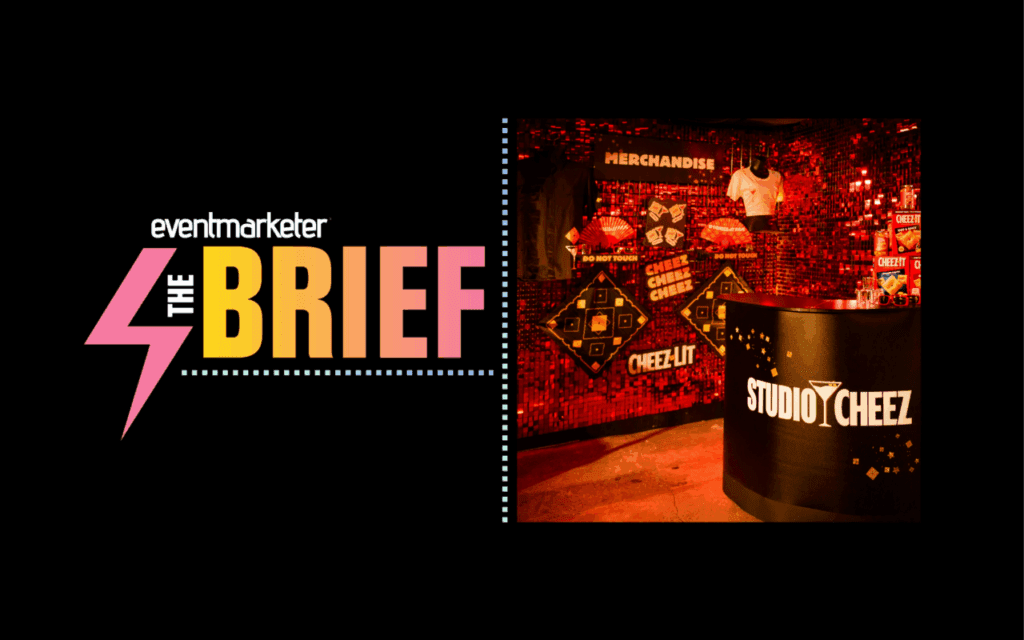By Rick Miller CMOs and data scientists are experiencing the allure of social data as a tool to make broader marketing decisions. Sample sizes are large and marketers can perform basic measurement in real time and more advanced analytics in close to real time. However, marketers are in the early days of establishing perspective around the data—especially at the category level.
Some social analytics teams are satisfied with post counts as a raw measure of a campaign’s performance. More advanced analysts, wishing to compare campaigns among different audiences or populations, measure on “share of voice” metrics and put brand mentions in the context of overall social conversation. But what is good share of voice versus bad? How frequently do consumers talk about brands in the social sphere, or anything in the social sphere beyond their personal lives?
To provide some perspective regarding social conversation in general, Networked Insights analyzed social posts related to 10 national-level news stories from spring 2012 until summer 2013 and applied the number of unique social conversations specific to these stories against the total social conversation on the days the stories broke.
| Date | Event of National Significance | Conversation Share |
| November 06, 2012 | US Presidential Election |
20.9% |
| February 03, 2013 | Super Bowl |
12.7% |
| February 24, 2013 | The Academy Awards |
4.6% |
| July 27, 2012 | Olympics Opening Ceremony |
4.1% |
| April 15, 2013 | Boston Marathon Bombing |
2.9% |
| October 29, 2012 | Hurricane Sandy |
2.5% |
| December 14, 2012 | Sandy Hook Elementary Shooting |
2.5% |
| July 20, 2012 | Colorado Movie Theater Shooting |
0.9% |
| October 12, 2012 | Amanda Todd Suicide |
0.3% |
| January 17, 2013 | Lance Armstrong Confession |
0.2% |
| Avg. Conversation Share %[1] |
5.2% |
In addition to a ranking of the public’s interest in these types of stories, these data offer some perspective for marketers:
- Even for stories of extreme national interest (e.g., a presidential election or The Super Bowl), 80% or more of the day’s discussion will be about something else. Consumers have a lot of things to talk about on a daily basis.
- Events that the public anticipate garner more conversation than unexpected events—even major events like the Boston Marathon bombings, Hurricane Sandy, or the Sandy Hook tragedy.
- Social conversation fades quickly. The data above represent discussion on the day the story broke – and for some stories we thought second-day conversation might be higher. This was never the case.*
After examining the share of voice that major news stories garnered, Networked Insights explored major brand events that took place during the same time frame– major product launches, mergers, and IPOs. We found the following:
| Date | Event of Brand Significance | Conversation Share |
| September 12, 2012 | Announcement of iPhone5 |
1.4% |
| May 18, 2012 | Facebook IPO |
0.15% |
| October 30, 2012 | Disney Acquires LucasFilm |
0.12% |
| September 06, 2012 | Announcement of new Kindle product line |
0.06% |
| February 11, 2013 | Launch of Mountain Dew Kickstart |
0.003% |
| Average Conversation Share |
0.1% |
In comparison with national news events (and even on their own) these data tell an interesting story:
- That consumers talk about brands less frequently than they talk about national news may not be noteworthy, but the degree of difference in that conversation share is. Brand success in social has to be measured on a completely different scale.
- The difference in the level of conversation among brands varies extremely dramatically. This is likely due to campaign strategy more than consumers’ general reception of the brand.
- Although Apple, Facebook, and Disney are all extremely prominent brands, Apple drives a disproportionate level of social conversation. This is not likely coincidental.
The benchmarks and findings above are just the starting point for CMOs and others who wish to apply social data to measure broader campaign success. There is deep value in leveraging social data to measure campaigns within specific audiences (as opposed to the public at large) and integrating audience data with other forms of digital activation. But the size and speed of social data provides a powerful new tool for the CMO, if he or she yields it with the right perspective.
Rick Miller is vice president in Networked Insights’ Strategic Platform & Insights group.
 Network
Network

